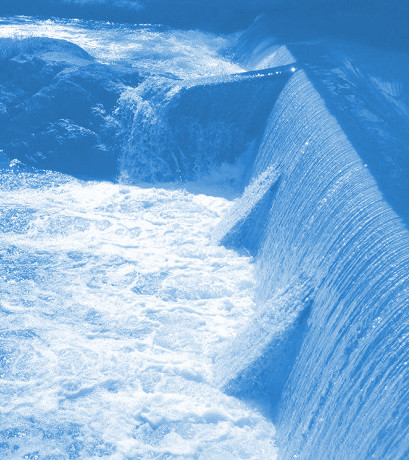Archeologists inform Hunter operations
 Water authorities have brought in archaeologists to protect and learn from the land they manage.
Water authorities have brought in archaeologists to protect and learn from the land they manage.
Archaeologist Nicola Roche works for Umwelt (Australia), and has been providing archaeology and cultural heritage advice to NSW authority Hunter Water.
She says the way in which Australians now use the landscape has led to more and more development.
“This means the archaeological sites, artefacts and landscapes that remain are important for current and future generations to understand that this country has been home to Aboriginal people for many tens of thousands of years,” Ms Roche says.
“All of us [can] understand and learn from how Aboriginal people lived, and thrived, in what could be a really challenging place, developing land management techniques that are only now starting to be recognised for their complexity and ingenuity.”
The comments come amid NAIDOC Week 2021, which is being celebrated around the nation until Sunday 11 July.
This year’s theme, ‘Heal Country’, calls for stronger measures to recognise, protect, and maintain all aspects of Aboriginal and Torres Strait Islander culture and heritage.
“For me, this tells me that we need to recognise and learn from the cultural knowledge passed down through so many generations and look to incorporate this knowledge into how we look at Australia today,” Ms Roche says.
Her work involves giving guidance on the potential risks to cultural heritage; going out in the field with Aboriginal stakeholders to survey and assess land where works are proposed, and inspecting excavated areas where artefacts are expected to be present below the ground surface.
She has also completed detailed archival recordings of heritage buildings Hunter Water owns or maintains.
“[The role] covers everything from the ground up, literally,” she says.
When conducting assessments, Nicola stresses the first option is to determine how any work might avoid impacts to a site or artefacts.
However, this is not always possible for some projects, such as introducing a new water supply or changes to wastewater systems to meet current demand.
“When that happens, we work with the Aboriginal stakeholders to identify ways we can manage those impacts so the sites and artefacts and the information that they can tell us are appropriately documented and, where possible, retained for future generations,” Ms Roche says.








 Print
Print